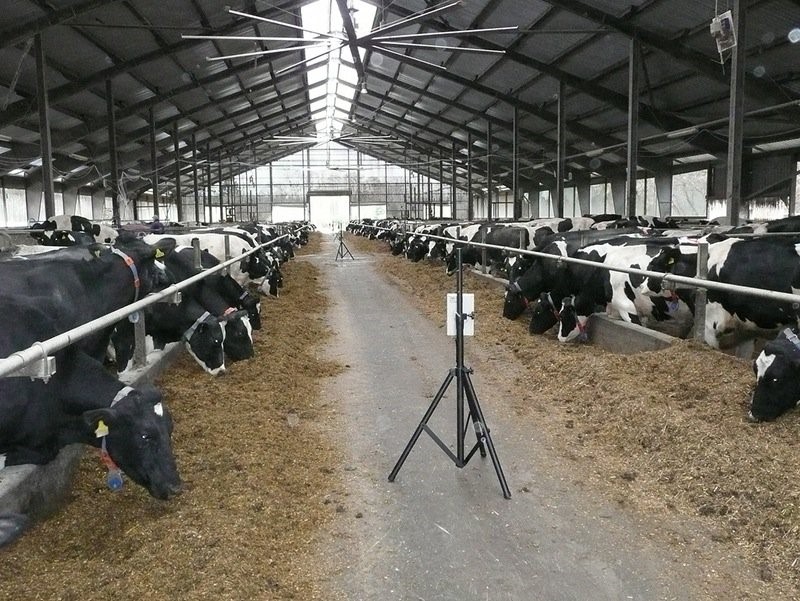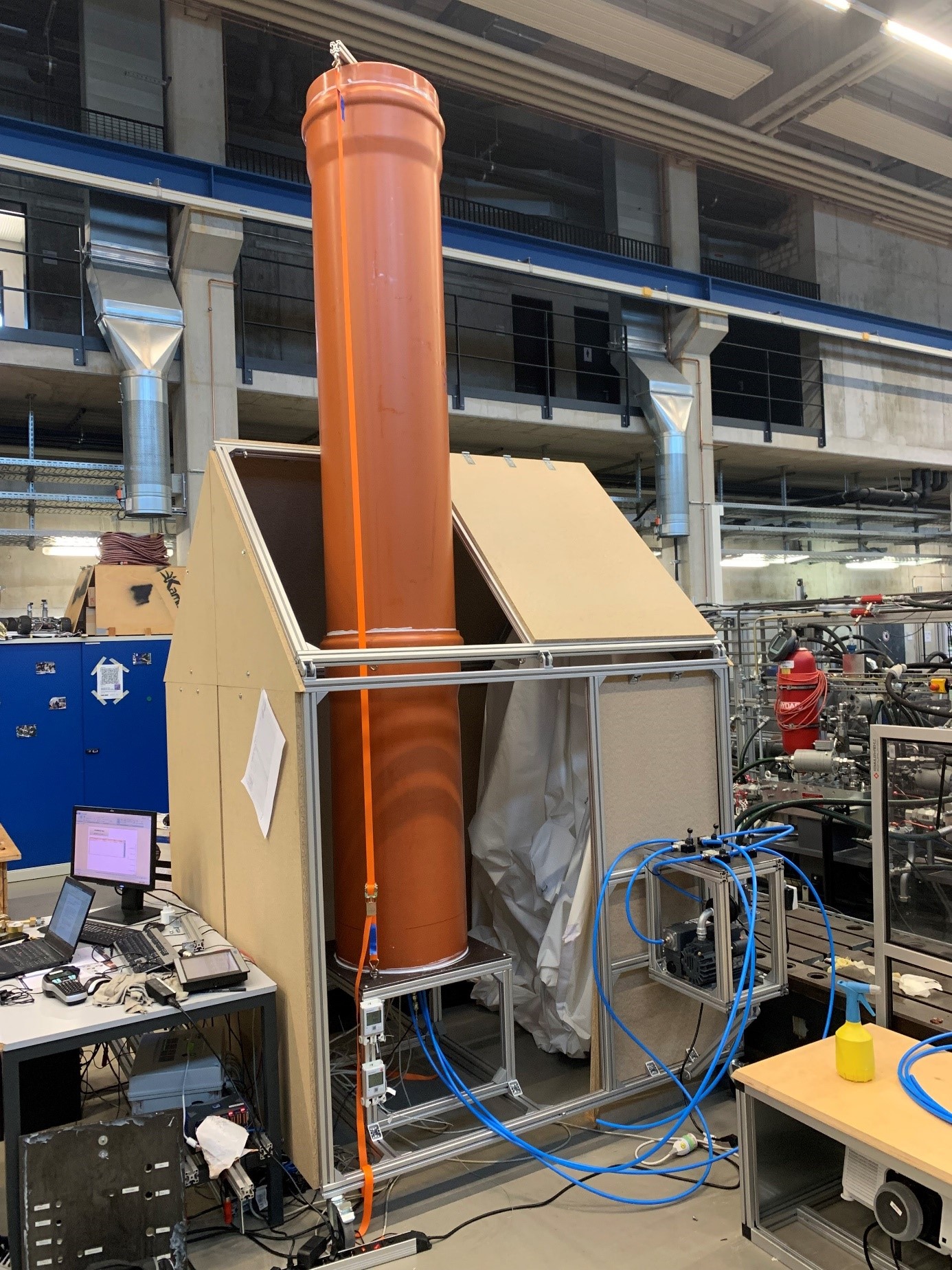MethAnLand - Using naturally occurring methane to power agricultural machinery
- Contact:
- Funding:
Bundesministerium für Ernährung und Landwirtschaft (BMEL)
- Startdate:
01.06.2021
- Enddate:
31.12.2023
Project objective
Global climate change is demonstrably influenced by the emission of greenhouse gases. The reduction of greenhouse gas emissions is therefore politically motivated in order to avoid serious negative consequences of climate change. Like CO2, methane is a greenhouse gas and has a global warming potential 21 to 28 times higher than CO2 over 100 years. Agriculture in particular releases a lot of methane. Livestock farming, and cattle farming in particular, can be identified as methane sources. The aim of the current MethAnLand project is therefore to investigate technical and economic options for capturing and processing natural methane from the air of cowsheds. This methane is then to be used to power agricultural machinery.


Project description
Specifically, the research project will first research the possibilities of separating methane from gases and investigate their economic use.
This is followed by the separation of methane from the ambient air in two steps on an experimental scale. First, the methane content in the air-methane mixture is to be increased. For this purpose, a diffusion test rig was set up at the Intitute Mobile Machines (Mobima) to analyze the enrichment processes. The project tests are carried out with synthetic gas mixtures as well as with breathing gas from cows. Different retention times and the influence of turbulence are being investigated.
In an experimental approach based on this, our project partner, the Research Institute for Farm Animal Biology (FBN), is testing the separation of methane from the exhaust air containing oxygen, carbon dioxide and ammonia from respiration chambers and the enriched cow valley air from the diffusion test stand on a model scale. The separation is carried out by cryogenic cooling, in which the boiling temperature of methane is undercut, thereby liquefying it.
As soon as pure methane is available, it is to be used. To this end, concepts are to be developed as to how the methane can be used on the farms where it originated, if possible.
Based on the test results, a profitability analysis and a process evaluation will then be carried out.
